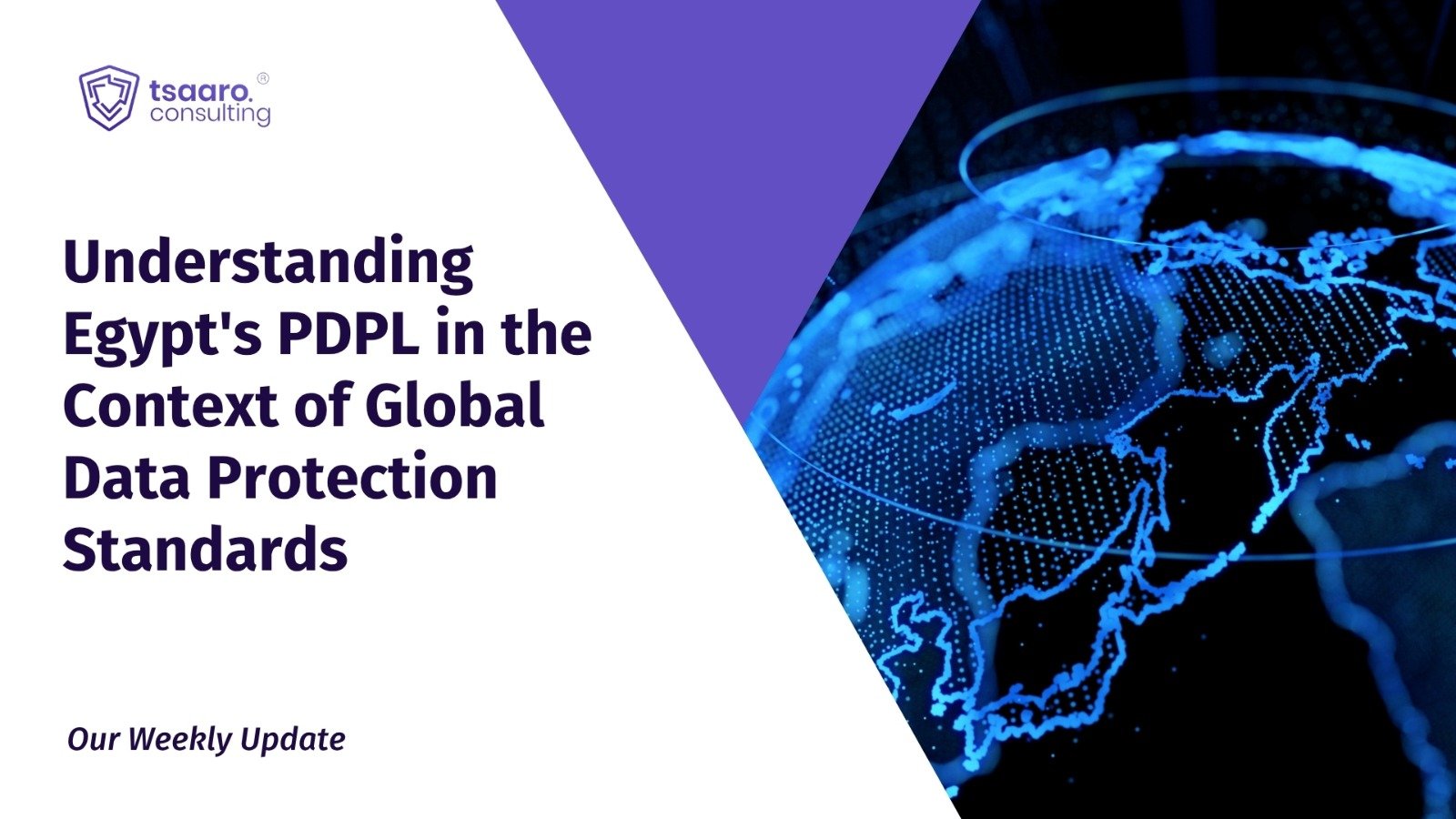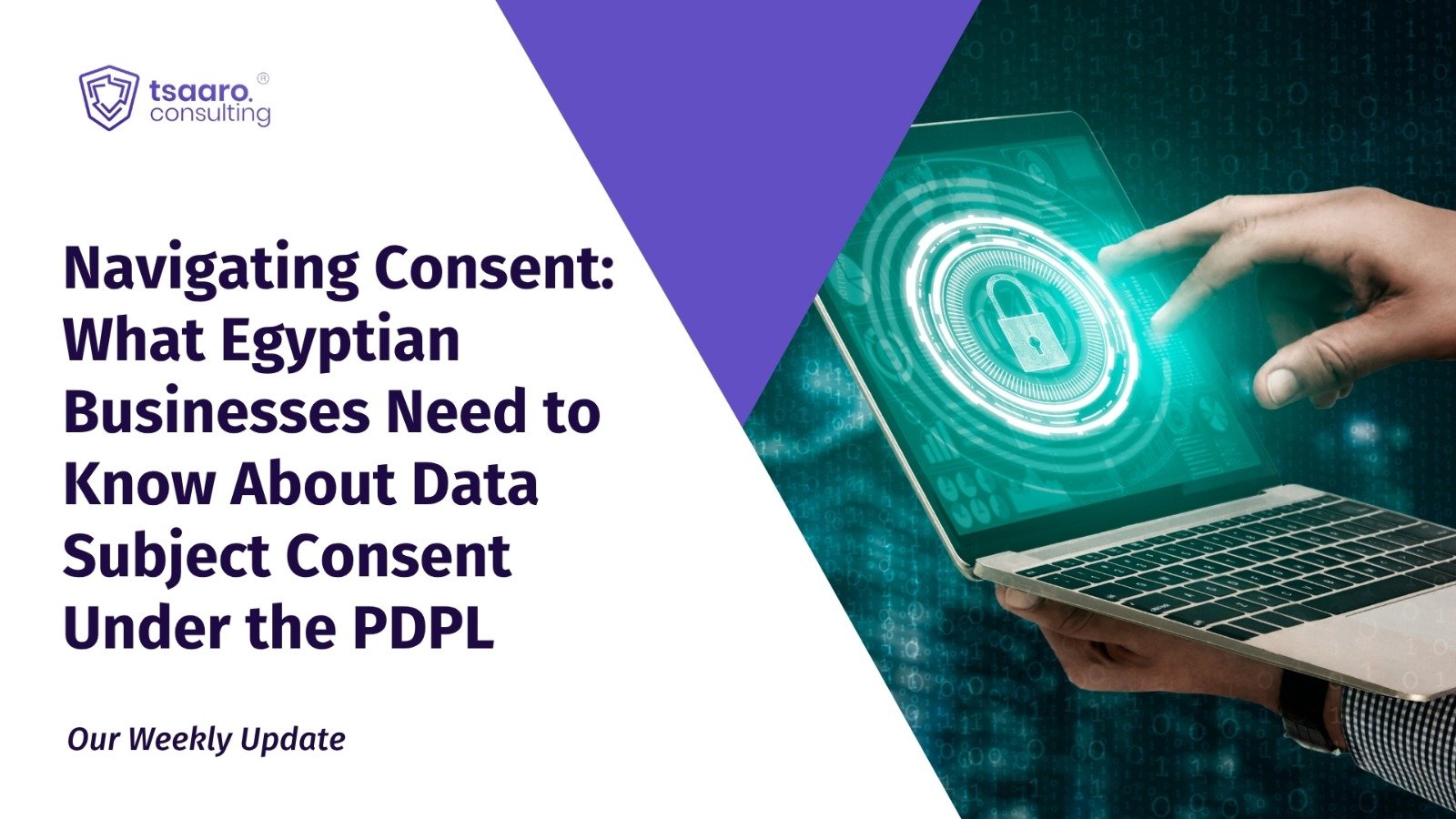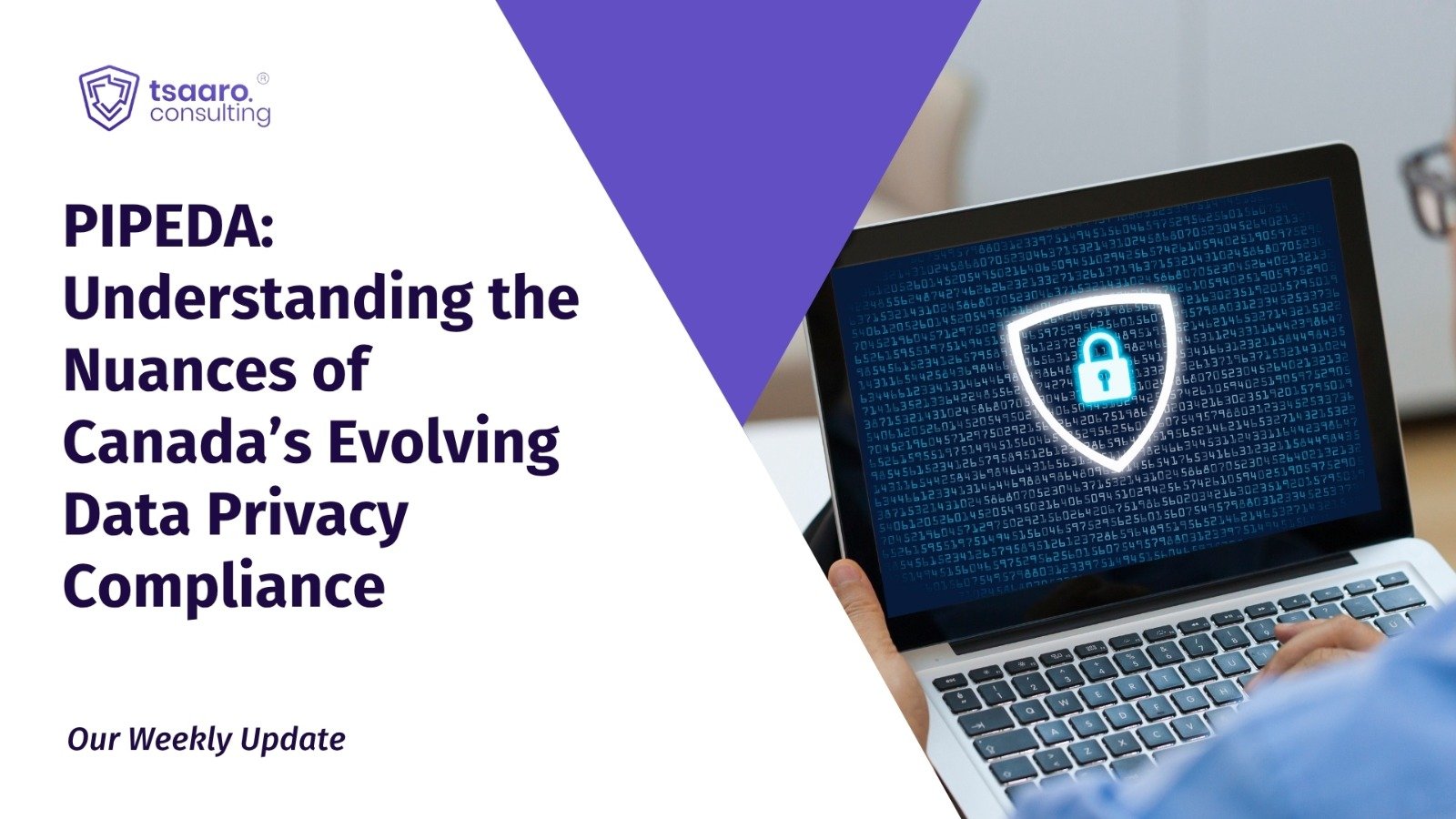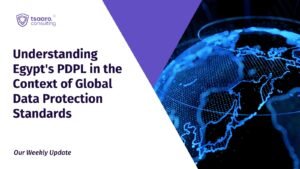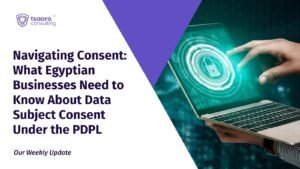A.Introduction
The process of arranging and categorizing data according to its level of sensitivity and the amount of security necessary is known as data classification. A key component of data protection and privacy laws like the General Data Protection Regulation (GDPR) and other data protection laws throughout the world is data classification.
Personal data is divided into two groups under the GDPR:
- General Personal Data: This category applies to information that is generally handled without further notification and is not especially sensitive. Names, addresses, and email addresses are a few examples.
- Special Categories of Personal Data: These are categories of data that are more sensitive and need to be protected. Racial or ethnic origin, political views, and health information are a few examples. Special categories of personal data processing are subject to specific limitations and requirements.
Similar rules for data categorization are included in various data protection laws from across the globe. For instance, the Health Insurance Portability and Accountability Act (HIPAA) in the United States mandates the classification of health data as protected health information (PHI) and the application of strict privacy and security criteria.
B.How do the GDPR and the DPDP Bill view Data Classification?
Data categorization is covered under both the General Data Protection Regulation (GDPR) and the Digital Personal Data Protection Act, 2022.
General personal data and specific categories of personal data are the two categories into which personal data is divided under the GDPR. Special categories of personal data refer to data that is deemed sensitive and necessitates a greater level of protection, whereas general personal data refers to data that is not especially sensitive and can be handled for the majority of purposes without specific agreement.
A similar system of categorization for personal data is proposed in the Digital Personal Data Protection Bill, 2022, with provisions for several categories of personal data based on their sensitivity and the necessary level of protection. The Bill stipulates the categorization of sensitive personal data, which includes, among other things, financial data, health data, and biometric data, and defines personal data as any information that may be used to identify a specific individual.
C.Data Classification and Its Importance
- Why is data classification important?
Organizations can better understand the sorts of information they are processing and storing thanks to data categorization. An organization may take the required precautions to preserve the data based on its value or sensitivity thanks to the information gathered from data categorization.
By establishing the proper level of protection for all information, classification makes it easier to comply with regulations and can save money. A business may focus its resources on encrypting and enhancing the security of its valuable information by categorizing its data. Less costly techniques can be used to manage data with lower risk.
- GDPR and Data Classification
In addition to classifying data as “personal data” under the GDPR, there are further classifications of data under “special categories” that include processing genetic and biometric data as well as data pertaining to racial or ethnic origin, political beliefs, union membership, and more.
- DPDP Bill and Data Classification
There are no longer any classifications like sensitive or special personal data that were present in earlier incarnations of the law; instead, the DPDP Bill has identified specific data as personal data that must be controlled. Additionally, only “digital” personal data should be under control; a justification for this is given in Clause 4 of the DPDP Bill.
- Common Requirements for Data Classification
Many frameworks and legal regulations have specific requirements that encourage organizations to classify data. While this isn’t an exhaustive list of the requirements and laws, these are quite common. It should be noted that these requirements vary depending on the types of data your organization collects, uses, stores, processes, or transmits.
- SOC 2: According to the SOC 2 Trust Services Criteria, service companies who include the confidentiality category in their audit must show that they recognize and preserve sensitive information in order to fulfil the entity’s confidentiality-related goals.
- HIPAA: Protected Health Information (PHI) is regarded as high-risk information. As a result, the HIPAA Security Rule mandates the implementation of administrative protections to guarantee the confidentiality, integrity, and availability of PHI by all covered organizations and business partners. Additionally, the HIPAA Privacy Rule restricts the ways in which PHI is used and disclosed, obliging both covered organizations and business partners to create systems for categorizing the information they gather, use, keep, or send.
- PCI: Entities are required to “classify data such that the sensitivity of the data may be assessed” in order to adhere to PCI DSS Requirement 9.6.1.
- GDPR: In order to comply with the legislation, organizations that manage the personal data of EU citizens must categorize the data categories they gather. Furthermore, the GDPR designates some data, such as race, ethnic origin, political beliefs, biometric data, and health data, as “special” and as such, subject to higher standards of protection. Organizations must thus not only be aware of the many sorts of data they save, but also be able to categorize it as either public, proprietary, or secret.
What classification procedures does your company have in place for data? Do you require assistance in identifying the categories of data you gather, use, store, process, or transmit? If compliance is a priority for you this year, be sure to classify your data accurately.
- Data Classification and the CCPA
The CCPA 1798.140(o)(1-2) defines personal information as “Information that identifies, refers to, characterizes, is fairly capable of being associated with, or might reasonably be linked, directly or indirectly, with a particular consumer or household.”
Depending on the category, the word “information” can be either objective or subjective. The outcomes of a blood test or other medical data are examples of objective information. Banks and insurance businesses typically gather subjective data.
The word “fairly” has been added to the CCPA in recent modifications, as in “…Information that identifies, refers to, describes, is reasonably capable of being associated with, or might reasonably be linked, directly or indirectly, with a particular consumer or household…” In medical research when sizable data sets are anonymised, this explanation can be useful.
Some of the prominent identifiers are as follows:
- Internal
- Financial
- Historical
- External
- Social
- Tracking
The Privacy updates are straightforward once you understand them. Once they become ingrained in your behavior, they will aid in defending you from frequent scam tactics. Get in touch with us at info@tsaaro.com.Take the first step towards a secure your organization’s data by scheduling a call with our privacy expert team at Tsaaro Solutions today.


